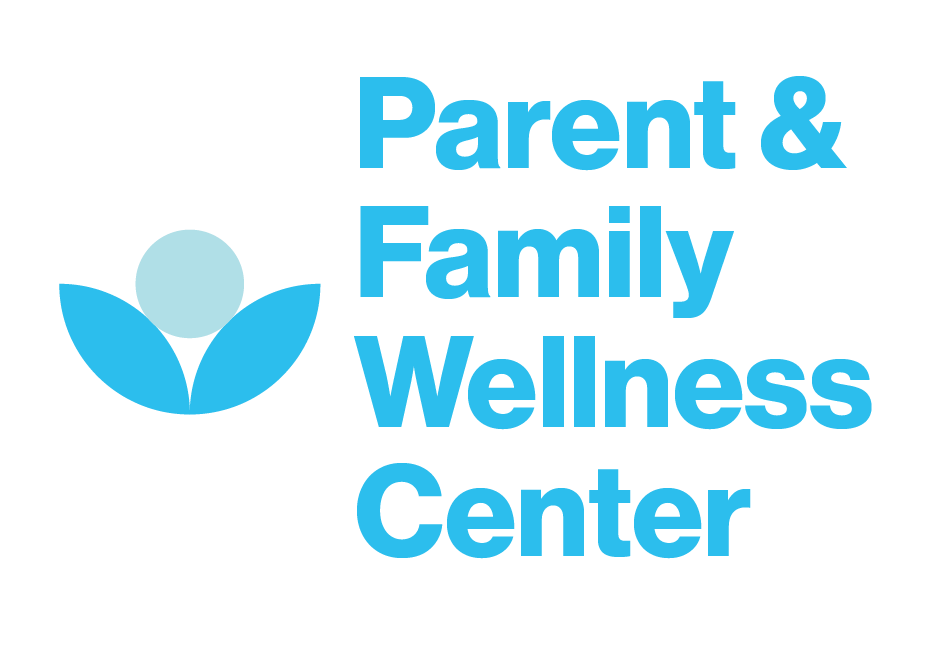Premenstrual Syndrome (PMS). Is it treatable? You bet!
What is PMS?
PMS is not a clearly defined condition, but a varying set of symptoms that may be different from one woman to the next. PMS symptoms occur during the 1-2 weeks before your period and then disappear during or immediately after your bleed. The most common emotional symptoms are irritability, anxiety, depression, and weepiness. The most common physical symptoms are sleep disturbances, fluid retention, abdominal bloating, palpitations, joint pain, headaches, brain fog, food cravings, breast pain, and acne. A full 80% of women report PMS symptoms, and 20% of them experience symptoms severe enough to seek medical help. Premenstrual Dysphoric Disorder (PMDD) is a form of PMS indicated by severe premenstrual depression, irritability, or anxiety.
What causes it?
PMS is not caused by hormones, but by hormonal fluctuation. Both estrogen and progesterone are important, beneficial hormones (see below). That said, too much estrogen, a rapid drop in estrogen, or not enough progesterone during the second half of a woman’s cycle can all create a variety of unpleasant symptoms, or PMS. It is unknown why some women are more prone to PMS or even PMDD, but new research suggests there may be a genetic component leading to varied cellular responses to hormones.
Treatment Options
A conventional approach to moderating these fluctuations is to prescribe hormonal birth control. Instead of moderating the hormonal fluctuations, hormonal birth control suppresses the production of your natural hormones. The hormones in birth control, while able to suppress fluctuation and fertility, are not bioidentical and do not provide the other beneficial roles that our own hormones provide (see below). Additionally, a naturally cycling, fertile woman can use the symptoms around her menses as indicators of overall health.
NOTE: Becoming body literate and specifically “period” literate, is one very effective way to understand and take control of overall health. (Look for my upcoming blog post on body literacy.)
Benefits of Estrogen: Estrogen has widespread effects throughout the body, including the musculoskeletal and cardiovascular systems, and the brain. Importantly, estrogen boosts serotonin and dopamine, makes your muscles strong, and increases insulin sensitivity.
Benefits of Progesterone: Progesterone effects breast health, cardiovascular health, nervous system health, and most importantly brain function. Specifically, progesterone calms the brain and improves cognition.
We need our own hormones in order to receive their benefits. Thankfully, hormonal birth control is not the only treatment option for PMS. A functional or biological approach would instead focus on supporting a woman’s “hormone resiliency”, as Dr. Lara Briden, period revolutionary and naturopathic doctor puts it, which can be accomplished with these three steps:
1. Support and enhance progesterone
2. Moderate estrogen and metabolize it properly
3. Reduce inflammation, which impairs progesterone and increases estrogen
Women with PMS symptoms usually respond quickly to treatment, while complete resolution may take up to 3 months because each cycle is a reflection of the lifestyle of the previous 100 days (the time it takes for an ovarian egg to reach maturity before being ovulated).
Simple strategies that will support the goals in the above 3 steps include:
- Eliminate known inflammatory foods
- Reduce or manage stress:
Exercise
Meditate
Get enough sleep
- Minimize alcohol intake
- Maintain healthy gut bacteria & digestion
For a more detailed and individualized approach to your PMS struggles, please call to make an appointment: 720-340-0193.
- By Meghan Van Vleet, ND, RND
